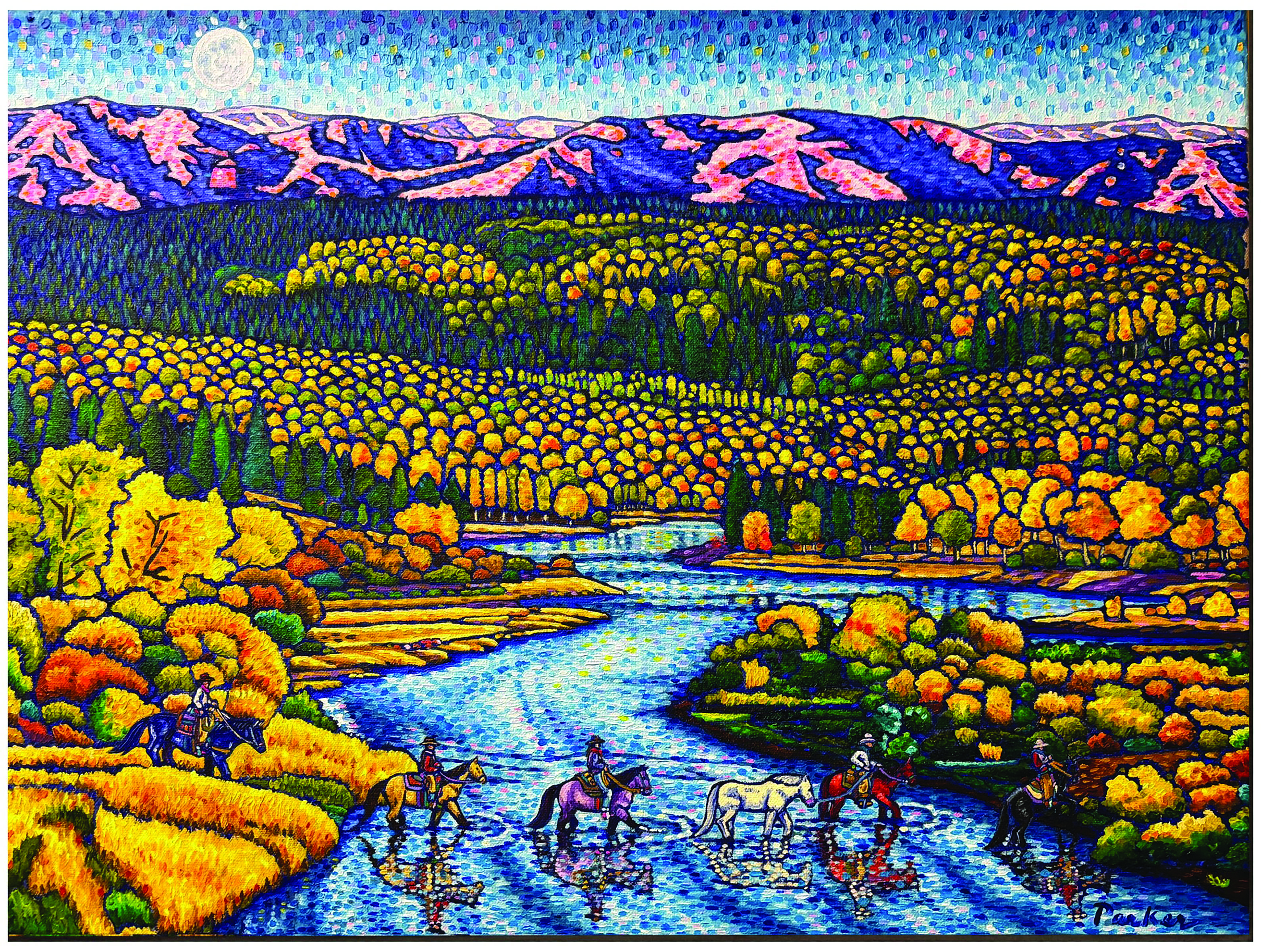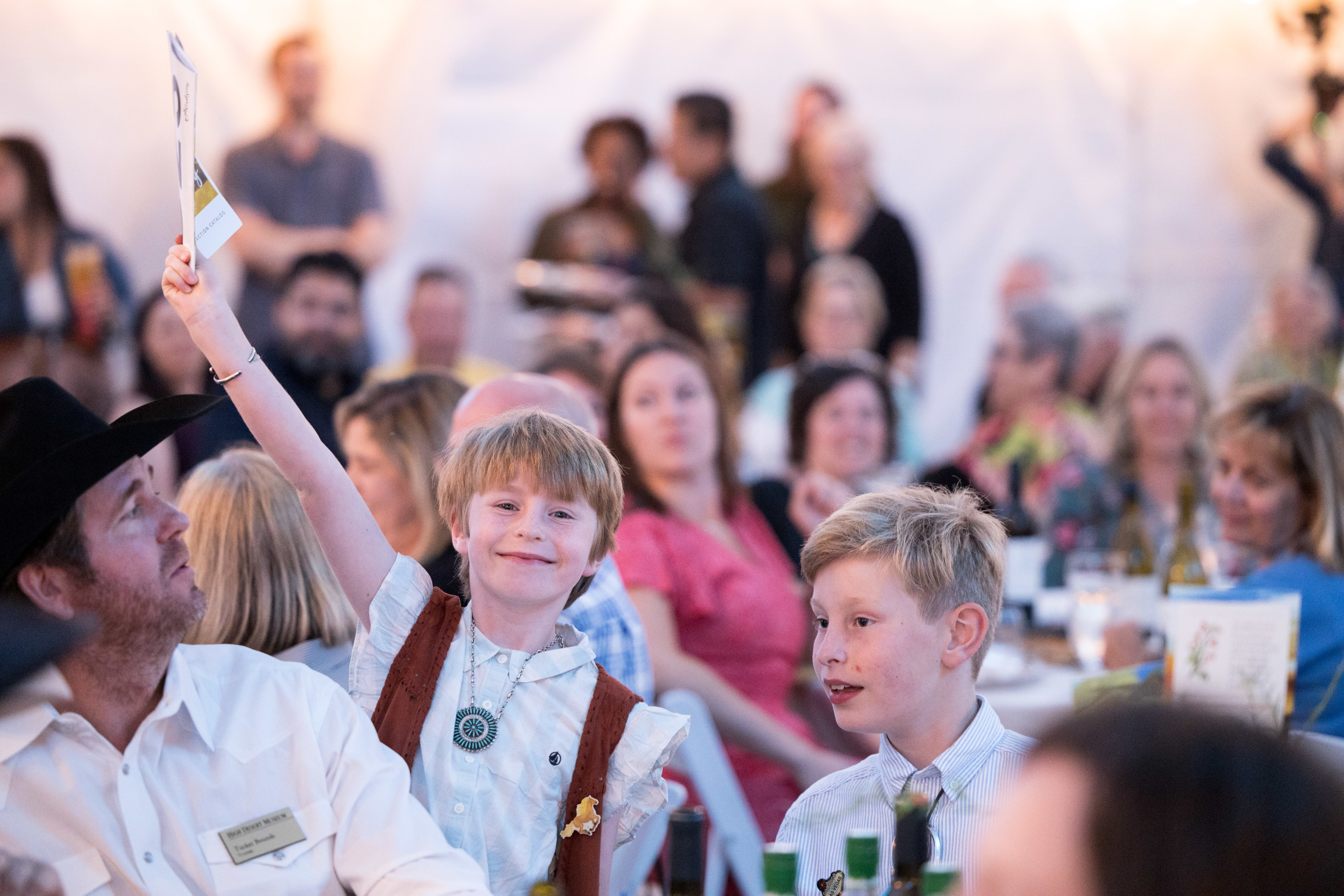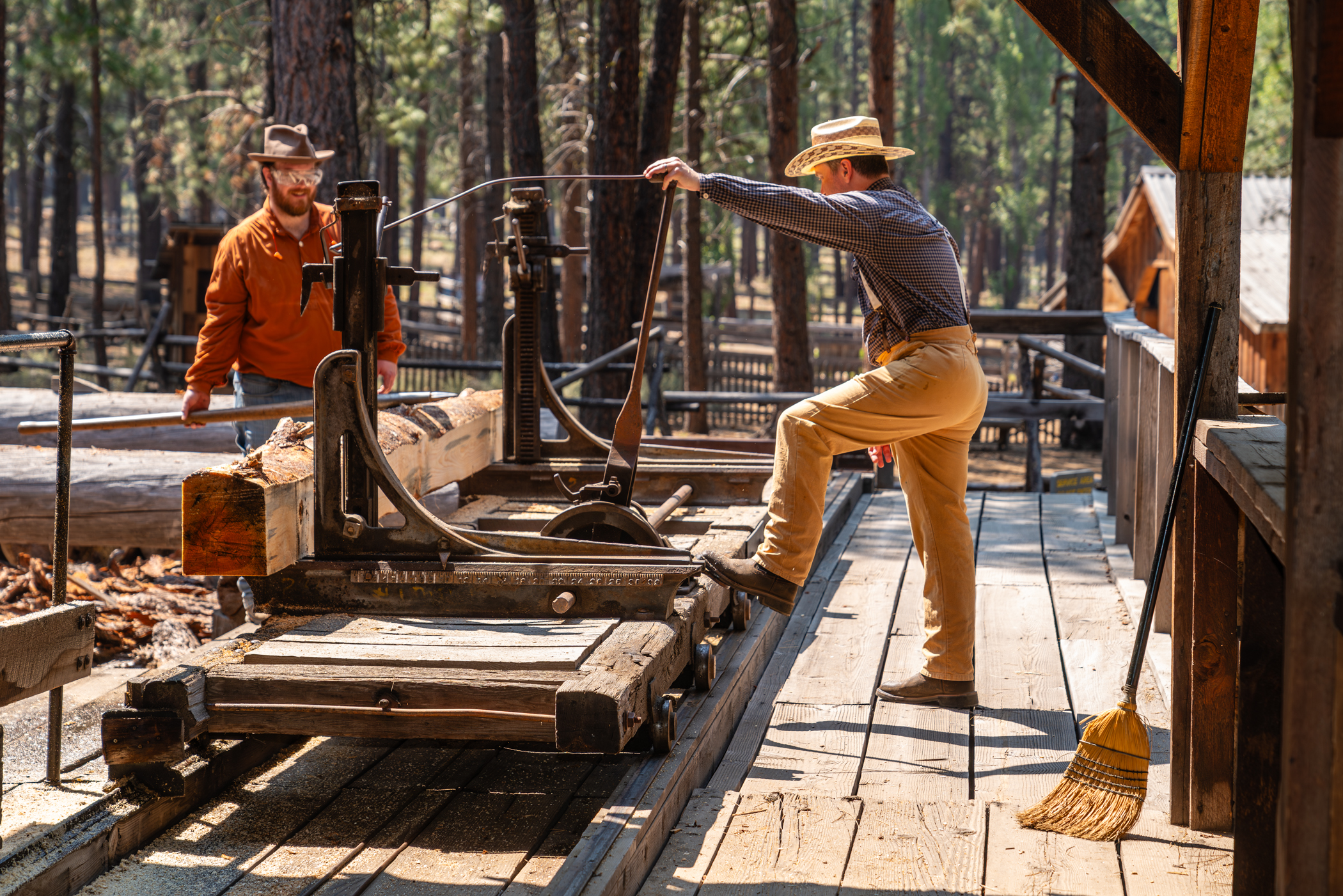Annual Art In The West Exhibition And Auction Returns To Celebrate The High Desert Region (Photo) -06/25/25
BEND, OR — From canvas to photographs to sculptures, the annual Art in the West exhibition and online auction features the very best of art inspired by the High Desert. On Saturday, July 5, the High Desert Museum will unveil this year’s Art in the West exhibition featuring a captivating blend of traditional and contemporary artworks.
The exhibition celebrates the people, wildlife, landscapes, cultures and history of the region that stretches from the eastern slope of the Cascades and Sierras to the Rockies.
“We are always in awe of the diverse array of artwork that continues to captivate visitors, and this year was no exception,” said Museum Executive Director Dana Whitelaw, Ph.D. “These works unveil fresh and unique perspectives of the West, helping us better understand and appreciate the region.”
Visitors to the Museum will be awed by the vast array of artworks ranging from landscapes to abstracts. Two artists’ works are recognized each year as part of the exhibition, one as Jury’s Choice and another as Curator’s Choice.
The 2025 Jury’s Choice winner is Jake Trujillo’s Painted Hills No. 1, an 18” x 24” oil over acrylic panel. Based in Santa Fe, New Mexico, Trujillo is known for his oil and acrylic landscape paintings of the Southwest. His paintings feature innovative and dynamic color, blending traditional landscape oil painting with modern design and psychedelia. A featured artist at Sun & Dust Gallery in Santa Fe, Trujillo’s work seeks to emphasize the craft of the artwork as much as the color and theme. As such, each painting is hand framed. Visitors can also view Trujillo’s Moab No. 3 (oil over acrylic on panel, 14” x 11”) in the exhibition.
Frank Buffalo Hyde, who participated in the 2024 Sensing Sasquatch exhibition at the Museum, is this year’s Curator’s Choice award winner. Hyde’s 25” x 34” acrylic on canvas Buffalo Fields Forever invokes a vibrant and unique perspective. Hyde’s paintings examine and elevate an image of contemporary Indigenous life through a pop sensibility and uncompromising satirical eye. His work has been shown at museums including the Wheelright Museum of the American Indian in Santa Fe and the Gilcrease Museum in Tulsa, Okla. Other works by Hyde that will be on display include Agency #8.
Those artists are just the tip of the iceberg. The 2025 exhibition boasts nearly 120 pieces crafted by acclaimed painters, sculptors, photographers and more, hailing from across the country.
Visitors and art enthusiasts can look forward to seeing works by national artists such as David Sherwin Parker and local favorites like Judy Hoiness. Parker’s Impressionist style in his 18” x 24” oil on canvas, A Journey Together, depicts a vibrant return to the West. Hoiness, a fourth-generation Oregonian and Bend resident, will showcase her acrylic on canvas, The Great Basin-A Moment in Time.
Another artist returns to the Museum for Art in the West. Hilary Baker’s Night, a 24” x 24” acrylic on linen, was showcased in a past Museum exhibition, Neighbors: Wildlife Paintings by Hilary Baker.
The entire 2025 collection will be on exhibit at the High Desert Museum and available for viewing through the Museum’s online auction page at highdesertmuseum.org/aiw. Visitors and art enthusiasts can preview the collection using the 2025 Gallery Guide available online. Online bidding will start on July 5 at 9:00 am, with the opportunity to purchase artwork outright. The auction is exclusively online, and shipping is available.
The bidding concludes and the exhibition closes on Saturday, September 20, at the Art in the West Closing Party at the Museum. Attendees will have the opportunity to mingle with participating artists, watch live demonstrations and enjoy food and libations. The event begins at 6:00 pm and the auction closes at 7:00 pm. Register today at highdesertmuseum.org/aiw-closing-party-2025.
Art in the West is made possible by Western Art Collector and American Art Collector magazines with support from Campfire Hotel, Central Oregon Radiology Associates and High Desert Frameworks.
ABOUT THE MUSEUM:
The High Desert Museum opened in Bend, Oregon in 1982. It brings together wildlife, cultures, art, history and the natural world to convey the wonder of North America’s High Desert. The Museum is a 501(c)3 nonprofit organization accredited by the American Alliance of Museums, is a Smithsonian Affiliate, was the 2019 recipient of the Western Museums Association’s Charles Redd Award for Exhibition Excellence and was a 2021 recipient of the National Medal for Museum and Library Service. To learn more, visit highdesertmuseum.org and follow us on TikTok, Facebook, and Instagram.
###



